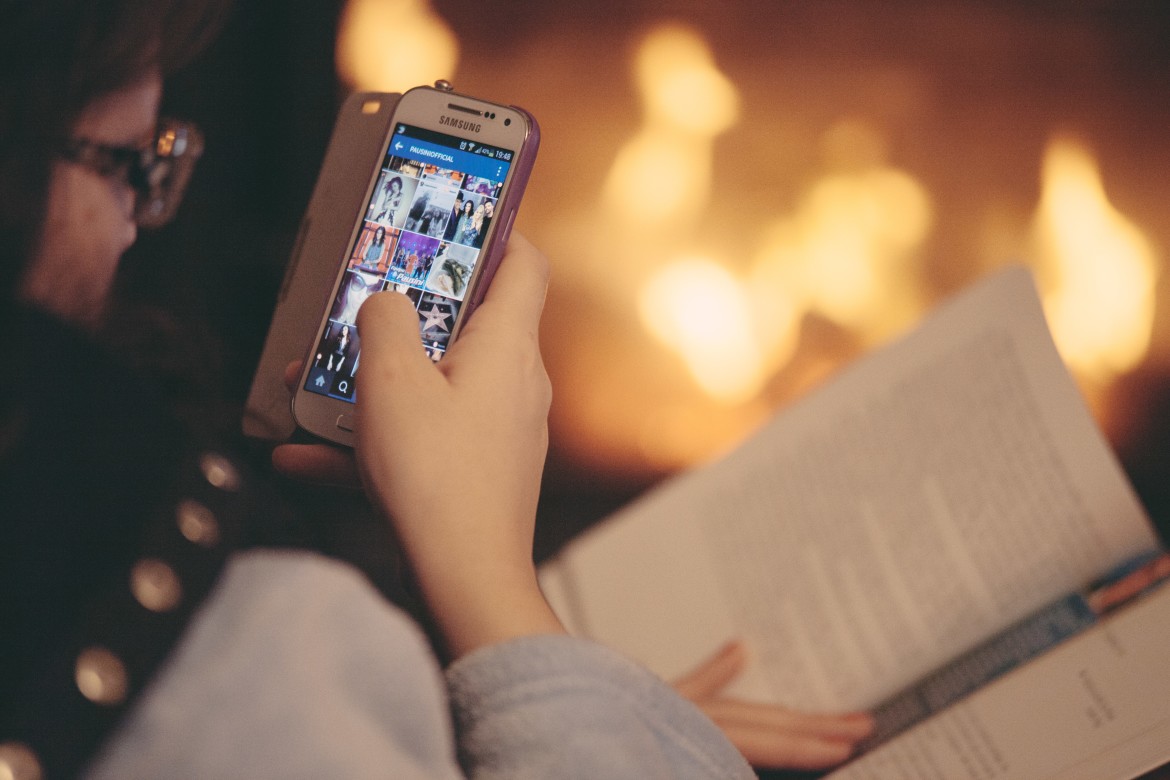One of the biggest trends in the world of marketing and social media campaigns today is user generated content (UGC). Brands and marketing agencies across the globe are trying to tap into the colossal power of their customer/fan base and use their original and authentic content to power their marketing campaigns.
Consumers find User Generated Content (UGC) Trustworthy
Recent data from Statista revealed that 51 percent of consumers trust user generated content more than the company’s website (16 percent) or news articles (14 percent), which are the primary sources of information on a product, brand, or service. The same data revealed that millennials place the most trust on the opinions of their peers, family, and friends. In Fact, Crowdtap found that millennials not only read the UGC, but also spend about 30 percent of their daily media time, which is 5.4 hours per day, interacting with the content.
New marketing strategy
Brands have started maximizing on this opportunity by using elements in their marketing strategy that prompt consumers to create content. In other words, marketing efforts have shifted from sales to engagement, since most consumers want to hear about specific products and services from people who have used or experienced them before.
These companies have set up engaging elements that encourage consumers to generate content. One of the key components of a successful user generated content campaign is accessibility via mobile devices.
Importance of UGC on-the-go
In early 2014, a survey by Pew Research Center revealed that 58 percent of American adults have smartphones. According to CNN, Americans use smartphones and tablet apps to access the internet more frequently than PC users. This marked the first time that mobile internet usage, through apps alone as opposed to mobile browsers, surpassed PC access. So, Americans are not only becoming more reliant on their smartphones, but are also heavily adopting apps to easily access information they want.
This is an important consumer trend, as more than 50 percent of consumers say they cannot return to a website that does not load properly on their mobile device. So, any business looking to maximize their marketing campaigns must offer mobile compatibility, and possibly access via a mobile app.
UGC and mobile apps
Using a mobile app simplifies the interaction between the consumer and a campaign. Many brands create contests or sweepstakes that solicit media from the market base. Users can then capture images on their smartphone and upload them using the same device.
Additionally, mobile apps make it easy to share content anywhere, and anytime, using a personalized user interface, GPS capabilities, and an internet connection. This makes it easy, convenient, and fun for users to interact with a campaign, increasing the likelihood of participation.
Successful cases of Content by Users
T-Mobile – Break up Letter
Telecommunications company, T-Mobile, launched a social media user generated content campaign referred to as “Un-Valentine’s Day”. Users were provided with a Facebook app that permitted them to create a break up letter for their current phone service provider.
It was possible to print out the messages and share them via social media. The company used the app to maintain control of the content message, and when customers left their service provider to join T-mobile, they offered to handle any cancellation fees. With 80,000 break-up letter posts on social media platforms, the UGC campaign was truly successful – though this is not necessarily the number of new subscriptions.
Belkin – LEGO iPhone case
In 2013, Belkin’s partnership with Lego saw the creation of what was considered the coolest and most customizable iPhone case with Lego studs on the back. Belkin asked their fans to show off their creativity and how they would personalize their case by tagging their Instagram images with #LEGOxBelkin.
The integration of UGC onto the product page was a great idea to market and sell the cases. Basically, Belkin let its fans do the marketing for them, showing prospective customers how authentic and cool the case could be.
How do you KFC?
The UGC campaign by KFC involved the company asking consumers “How do you KFC?”
The campaign kicked off with videos showing how famous people eat their chicken while being recorded on an iPhone. The video became so popular that it was aired during the Super Bowl’s pre-game. Next, consumers were asked to record pictures and videos using their smartphones showing how they “do KFC” and share it on social networks. The campaign provided lots of exposure for the brand while allowing users to join in the fun using their smartphones.
The hash tag #HowDoYouKFC created its own hub and started appearing on the company’s product packing.
Final note
There have been many more successful user generated content campaigns taking advantage of mobile devices and fun apps. The possibilities of any campaign are only as big as the creativity of the marketing team.


